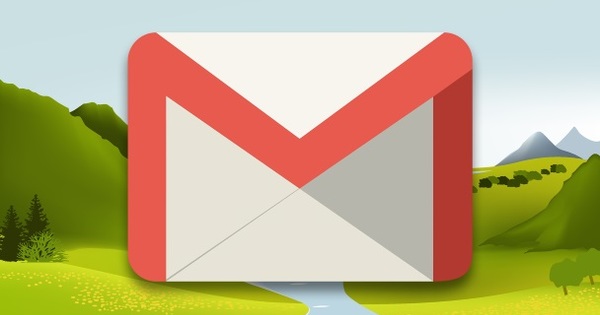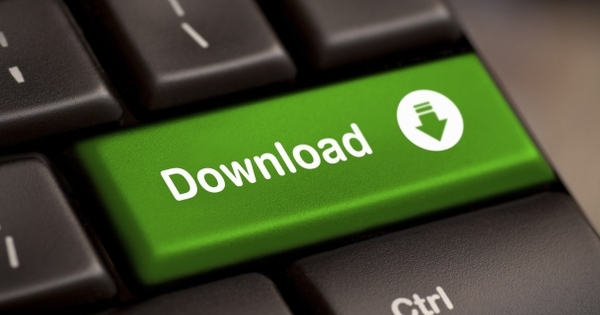You have bought a new disk and you now want to install it in your system, as a replacement disk for your current system disk or simply as extra storage. However, this requires the necessary preparation: in addition to the physical installation, there is also the configuration, such as system migration and initialization, and partitioning and formatting. In this article we will help you insert a new hard drive or SSD.
Do you want to know which disk you should build in your PC or laptop? In our buying guide for hard drives and SSDs we give you the best buying advice!
Tip 01: Scenarios
Unfortunately, we can't just give you a straightforward step-by-step plan to get your new drive completely ready for use. That depends not only on your computer system (for the installation, for example, it makes a difference whether it is a laptop or a desktop), but also on your intentions. The trickiest scenario is when you want to trade in your current drive for the new one. In this case, you may want to clone the entire contents including operating system from your old drive to the new drive. Or you prefer a brand new installation of Windows, where you still have to transfer your old data. If you intend to add a second, internal data disk (on your desktop PC), you will save yourself the hassle of a system migration, but you must prepare the disk correctly.
In this article we will discuss all these aspects. We start with the replacement scenario, where we first assume a system migration (by cloning or via an image file, also known as a disk image) and then a 'clean' Windows installation. In the second part, we will discuss the scenario of an additional disk for data storage, discussing the three steps required in order: initializing, partitioning and formatting.
 Several scenarios are possible for those who want to start using a new drive
Several scenarios are possible for those who want to start using a new drive Tip 02: Old disk
You have chosen to replace your old system disk with a new one, perhaps because you need a larger or faster one. The tendency is then undoubtedly great to immediately remove the old disk from your PC, but there are reasons why it is better to wait a little longer. For example, you may first want to transfer the already installed operating system to your new drive and then you will need the old drive for a while. Such a system migration can be done in two ways. You create an image file from the old drive, for example to an external USB drive, and you transfer that image to your new drive using a bootable medium such as a CD/DVD or a USB stick. Or you are going to clone the disk, where you attach both the old and the new disk to your system at the same time. With a desktop PC this is not even that difficult (see also tip 4). However, if it is a laptop, you can attach the new drive to your laptop via an external drive enclosure, with an external USB and internal SATA connection. Or you can remove the drive from your laptop and temporarily attach it to a desktop PC, along with your new drive.
Even if you are not considering a system migration, it can be useful to leave your old disk in place for a while. If you (only) want to store the data on that disk, you can connect that disk to your PC as a second disk. This is most likely not possible on a laptop. In that case, it is therefore a good idea to first make a backup of all necessary data to, for example, an external USB drive.

Tip 03: System Migration
Whether you are going to clone or want to work with an image file for the system migration, you can use good free software such as Macrium Reflect Free or EaseUS Todo Backup. By the way, you can also use these tools for regular data backups. We briefly show how to use EaseUS Todo Backup for your system migration.
We start with a cloning operation: click on System Clone and put a check next to the target disk. If your target drive is an SSD, click Advanced options and put a check next to Optimize for SSD. Confirm your choice with Next and wait patiently for the operation to be completed. It's that easy.
Do you prefer to work with an image file? Then choose Disk/Partition Backup in the main EaseUS Todo Backup window and select the drive or partition you want to back up completely. Leave the option Sector by sector backup unchecked. Via the folder icon at Destination refer you to a suitable (external) target location. Confirm with Process.
To 'unpack' the image file to your new drive, you can boot the system with a special recovery medium: you create that via Tools / Create Emergency Disk, where you preferably Create WinPE emergency disk selected late. Select USB if you want to create a bootable USB stick from which you can restore the image file.
 A system migration can be done through a cloning process or using an image file
A system migration can be done through a cloning process or using an image file Tip 04: Replacement (desktop)
You now have the necessary data backups or a system image of your old drive. Now we can finally take the old drive out of the PC and replace it with your new drive. Unplug the power cord from your computer and discharge yourself by touching a grounded metal object. Then you remove the side panel, often this can even be done without a screwdriver, after which you can unscrew the disk from the housing. In somewhat older system cabinets, you may have to remove both side panels for this. Your hard drive is connected with two cables: with a power cable and with a narrow SATA cable for data transfer. Detach both cables from the drive: be careful not to disconnect or damage any other cables or parts when pulling out. You now connect the new drive with the same connectors. Note the small recess on the side of the connectors: if the disc does not fit, try rotating it 180°. You screw on a hard disk in the same way; an ssd doesn't have to be as stuck as an old-fashioned disk since an ssd has no moving parts and therefore doesn't vibrate, but you don't want it dangling loose in your system so tightening (or clamping) is also necessary.
If you intend to clone the old drive to the new one (see tip 3), connect your new copy to a similar power and sata cable. After a successful cloning operation, swap both SATA connections.

Tip 05: Replacement (laptop)
How you remove the hard drive from your laptop depends on the model of that laptop. In almost all cases you will have to remove at least one screw to remove the bottom plate. Sometimes there is a warranty sticker on it so that there is little other than tearing it. In principle, your warranty will then expire, but in practice this turns out to be not too bad – unless of course you cause damage yourself during the conversion. If necessary, first consult the website of your producer or supplier.
Once the bottom plate has been removed, you can detach the hard disk: it is also secured with several screws or with a click or sliding system. Normally, both your old and new drive are 2.5-inch copies, so you can use the same connectors and screws. If your old drive was connected using a small SATA adapter, you can use that for your new drive as well. If the disc is correctly attached, close the bottom plate again.

AHCI mode
Before you connect the new drive to your system, it is a good idea to first check the (uefi) bios of your system. After all, it is not excluded that the sata mode is still there on the older IDE (standard, Legacy or Native) is set instead of AHCI. This last mode is the right one for more modern drives: they can then determine the optimal order for executing parallel read and write requests, which works more efficiently.
You call up the bios during startup with a special key such as F10, Delete, Esc or F2: consult the manual for your system. Then you open a section like Integrated Peripherals, Onboard SATA Mode or SATA Configuration, where you find the AHCI mode turns on.
There is, however, a potential hurdle: if you do this with a cloned disk, there is a good chance that Windows will refuse to boot since the installation was still based on IDE mode. You may be able to solve this problem as follows: Boot the disk in IDE mode. Open Command Prompt as administrator and run this command: bcdedit /set {current} safeboot minimal. Restart your PC and now set the AHCI mode in the bios. Reboot again and at the Command Prompt (still as administrator) run this command: bcdedit /deletevalue {current} safeboot, which will reboot the system again. If all went well, Windows should now start properly.

Tip 06: Windows installation
A system migration is therefore one solution to quickly provide a new drive with a working operating system. A "cleaner" solution is a fresh Windows installation. That way you don't drag along imperfections from a system that has been used for some time. You can do this as follows: surf to the Windows 10 site and choose Download utility now. When you start this Media Creation Tool, two options will appear. Choose here Installation media (USB stick, DVD or ISO file)make for another pc. Specify the desired language, version, and architecture (32 or 64 bits, or both) of Windows. Unless you have a custom product code, it's best to leave the check mark here Use the recommended options for this PC.
In the next window select USB flash drive; Make sure your USB stick has at least 8 GB of storage space. Afterwards you can start your computer from this stick and install Windows clean from there.
That is not difficult. Select the desired language, time, currency and keyboard and click Install now. You will now be asked for your product key, but if you are installing on a PC where you previously successfully installed and activated Windows 10, you can also I don't have a product code select. When prompted, select the desired Windows version and then choose Custom: Install Windows only (advanced). It is a new, still empty disc, so choose here Unallocated space on disk [x]. After that, the actual Windows installation will start.
 A fresh install is always more stable than a system migration
A fresh install is always more stable than a system migration

